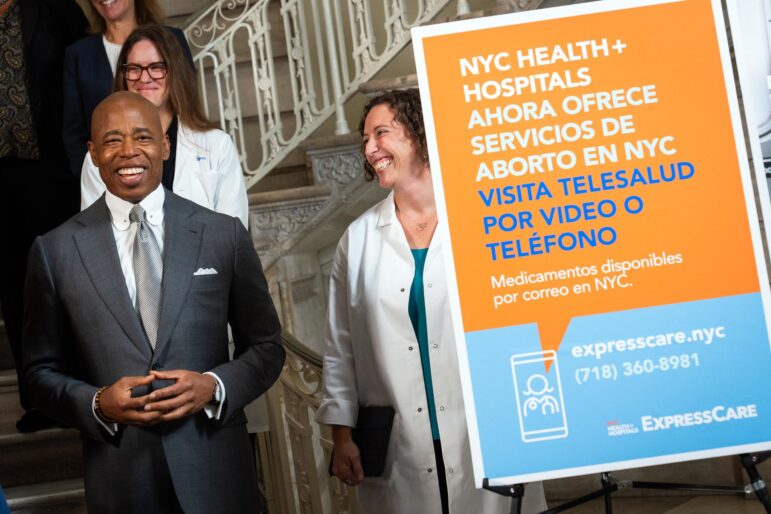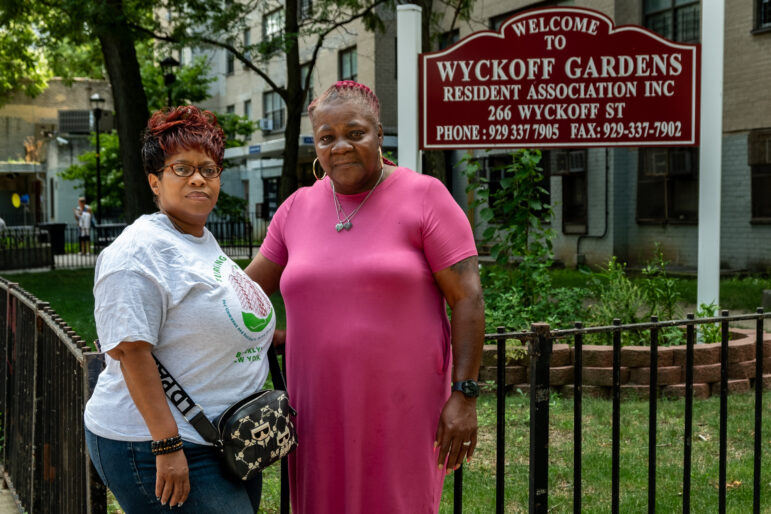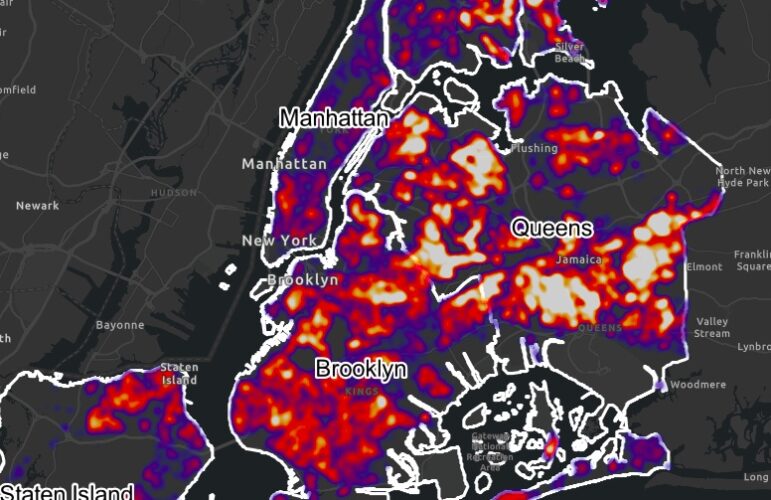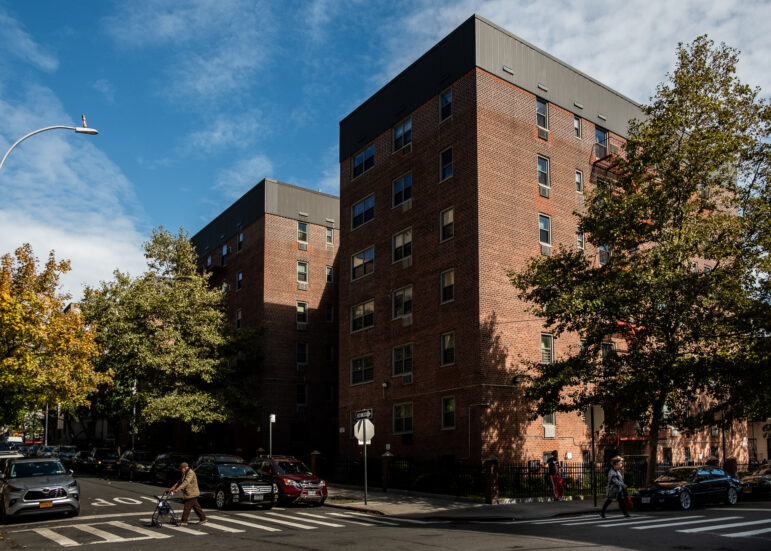Snapple Beverages may have been tapped as the city’s official soft drink of choice last week, but the company hasn’t always been cozy in the Big Apple’s uncertain industrial climate. Like many local manufacturers, Snapple has struggled for years with rising real estate prices to keep its production, bottling and delivery operations in the city.
“It’s ironic,” says Katie Schmid, legislative policy analyst for the City Council’s waterfront committee. “Snapple can do business with the city — but not in the city.”
Looking to expand operations in 1999, for instance, Snapple was forced to close a warehousing facility in the Bronx and move to Westchester for cheaper space and hassle-free parking. Snapple had also hoped to add a bottling center to its primary distribution hub in Red Hook, one that would have brought an estimated 160 full time jobs to Brooklyn, with benefits and wages over $10 an hour. However, company execs concluded that Red Hook would soon be a bastion for luxury high-rises and, fearing a hike in surrounding property prices and tenuous leases, they chose to build their bottling center in New Jersey instead.
That was a major loss, said Phaedra Thomas, director of the South Brooklyn Local Development Corporation. “These are the companies that feed our city,” she said. “If they can’t grow, we can kiss goodbye the whole concept of sustainable growth.”
Igor Katzman, the company’s distribution chief, says Snapple is currently looking for more space in Red Hook to accommodate their new contract supplying city schools. It might have a hard time. Owners have started to “land bank” their properties, according to industrial retention advocates like Thomas, making it difficult for companies like Snapple to develop long-term plans.
What’s more, the addition of residential-friendly “No Stopping” signs in front of Snapple’s plant has made it tough for the company’s trucks to load and unload. Snapple drivers found themselves getting tickets while simply trying to do their job, according to a 2002 Center for an Urban Future report.
“When it comes to the splashy, glittery, cute stuff with companies, we do great,” Schmid says. “But in producing secure environments for businesses to work and bring jobs, we often fail.”








